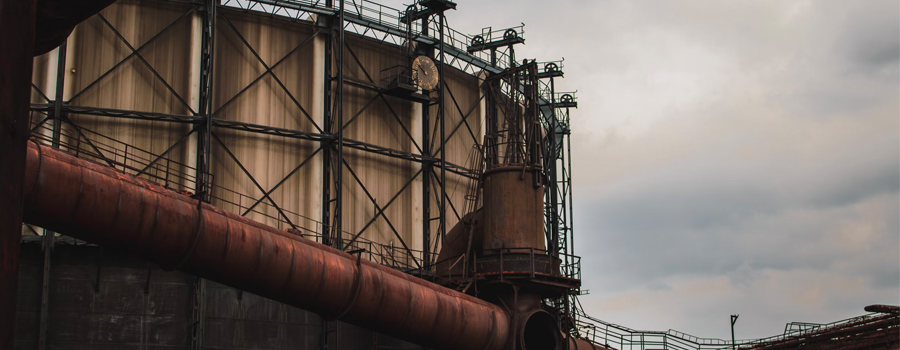
The safety of in-service equipment throughout its entire lifecycle of use is directly related to people's lives, property, and public safety. Instances such as mechanical wear during operation, improper usage, inadequate maintenance, and overloading can lead to safety incidents, such as elevator accidents in buildings or pressure vessel failures. Consequently, the safety of the in-service use of public facilities is increasingly emphasized and has become an indispensable and crucial aspect that cannot be ignored.
In-service inspection services involve using various methods to systematically and methodically inspect certain in-service equipment. These inspections track existing defects, detect new ones, assess potential issues, and analyze and evaluate them to ensure that, until the next inspection, these defects won't compromise the functionality of the equipment or its components. This process guarantees the safe and efficient operation of the equipment.
Through in-service inspections of equipment, it's possible to determine whether the facilities and equipment meet the latest regulatory requirements. These inspections also assess if the equipment has operated at its maximum efficiency throughout its lifecycle. This ensures the safety and integrity of the facilities, effectively prevents accidents, and significantly reduces long-term maintenance costs. In essence, these inspections play a crucial role in ensuring the optimal functioning of equipment.
Based on its expertise in specialized service areas and experience in in-service inspections across various industries, NOA provides systematic consultation solutions for facility and equipment in-service inspections. They tailor these solutions by considering the unique usage scenarios and management characteristics of different facilities and equipment users, planning and preparing differentiated strategies accordingly.

The services provided by NOA include but are not limited to:
I. In-service inspection of pipelines, in-service pressure vessels, and in-service storage tanks involving the following examination
1.Visual Inspection
2.Corrosion Examination
3.Non-Destructive Testing (NDT)
4.Ultrasonic Thickness Measurement
5.Vacuum Box Testing
6.Verticality Measurement
7.Hydrostatic Testing
8.Failure Analysis
9.In-Service Coating System Analysis
10.Phased Array Inspection
Ⅱ.Storage Tank Inspection
1.Online inspection is conducted while the storage tank is in operation.
2.Offline inspection is performed when the storage tank is opened.
Ⅲ .Electrical Inspection for Subways and High-speed Railways
Ⅳ .Electrical Safety Inspection for In-Service Buildings
Ⅴ .Factory Safety Inspection
1.Factory settlement observation
2.Ground settlement detection
 1.Customer submits specific requirements.
1.Customer submits specific requirements.
2.Professionals engage with the client.
3.Preparation of a professional inspection plan.
4.Clarification or addressing of technical queries.
5.Quotation provided.
6.Signing of the technical service contract.
7.Project execution.
8.Conclusion and summary of the project upon completion






Tel:+86-400 821 5138
Fax:+86-21 3327 5843
Email:noa@noagroup.com